Name:baroque churches of the philippines
Address:General Luna st. Intramuros, Manila
Official website URL:http://whc.unesco.org/en/list/677/
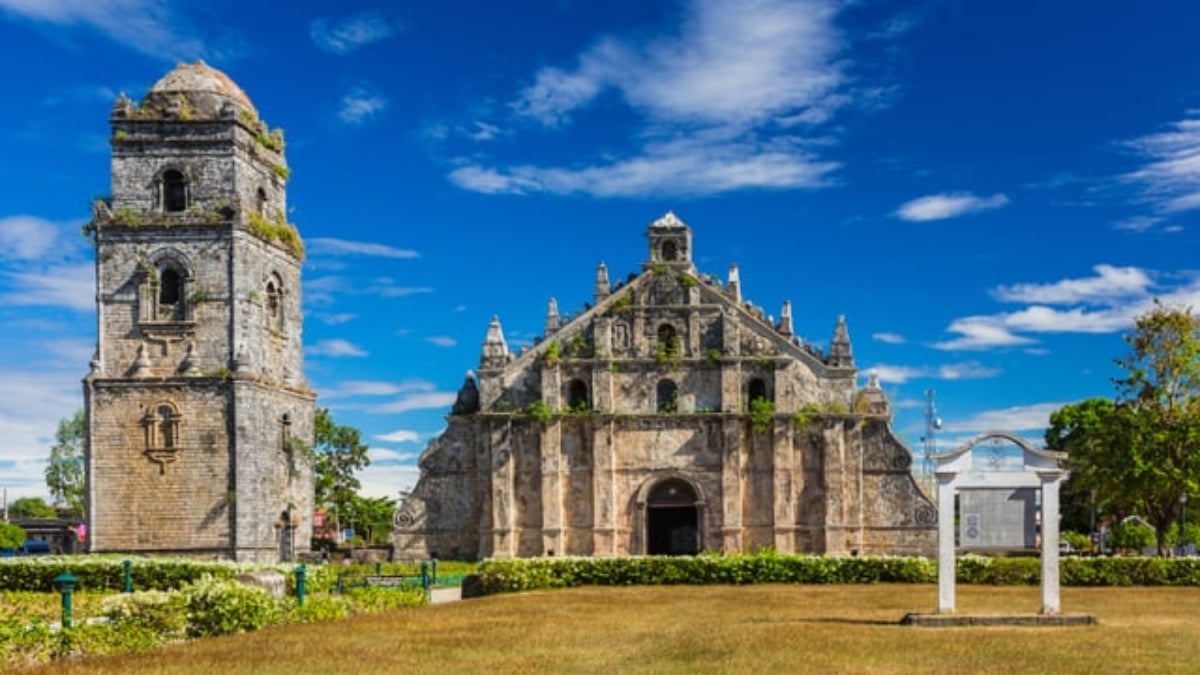
A world heritage site that combines Spain and Asia! Baroque churches in the Philippines
The World Heritage Site "Baroque Churches of the Philippines" includes four churches built between the 16th and 18th centuries, including the San Agustin Church in the capital city of Manila, which is said to be the oldest church in the Philippines. Three of them are located on Luzon Island, where Manila is located, and one is on Panay Island. This group of Spanish-style churches, which was the first World Heritage Site in the Philippines, is also an important tourist attraction. Here, we will introduce all four of them!
table of contents
[x] close
A world heritage site that combines Spain and Asia! Baroque churches in the Philippines
About the Baroque Churches of the Philippines
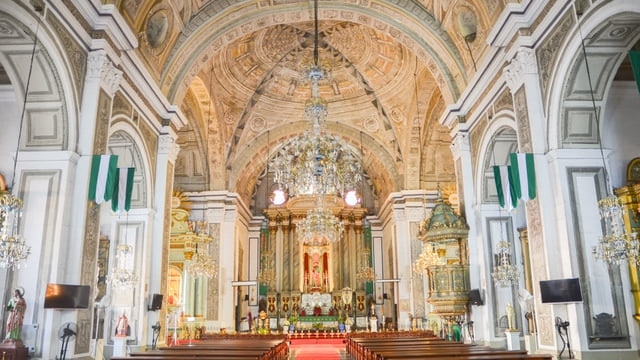
In 1521, Ferdinand Magellan arrived in the Philippines with a Spanish fleet. Although Magellan himself died in a battle with a local chieftain on Mactan Island, which is connected to Cebu Island, the Philippines became a Spanish colony. By the early 1570s, Spain had conquered most of the Philippines, with Manila as its center. In 1571, San Agustin Church, which is said to be the oldest church in the Philippines, was built in Manila.
The newest of the four churches, Villanueva Church, was built in 1797. All of these churches are said to have also functioned as fortresses in times of war, and their imposing appearance remains to this day. They are also called "Earthquake Baroque" because they have withstood the Pacific War and numerous earthquakes.
Access to the Baroque Churches of the Philippines
Of the four churches, San Agustin Church in Manila is located in Intramuros, the old city that is a tourist hub, making it easily accessible. To reach the San Agustin Church in Paoay and the Church of Our Lady of the Assumption in Santa Maria, both located on Luzon Island, you first take a bus from Manila to Vigan, which takes about 8 to 10 hours. From there, you can take another bus to each town. To get to Paoay, you can also fly from Manila to Laoag (a little over an hour flight) and then take a bus.
The remaining church, Miagao Church on Panay Island, is located in Miagao, west of Iloilo City. Iloilo is about an hour and a half flight from Manila.
Recommended points of the Baroque Churches of the Philippines
San Agustin Church in Manila
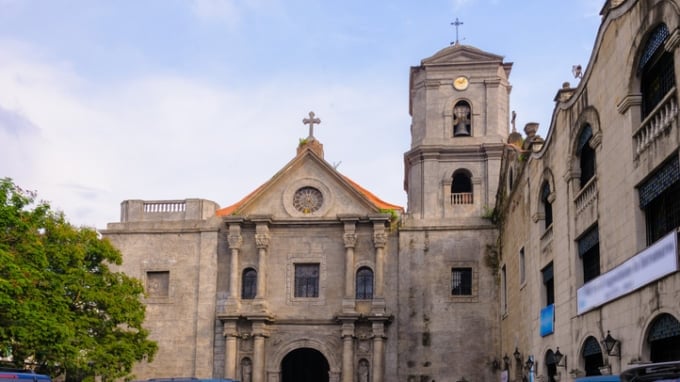
San Agustin Church is the oldest church in the Philippines, built when Spain established Manila as its colonial capital. Located in Intramuros, the old city, along with Manila Cathedral, it is one of the main tourist attractions in Manila.
Originally built of wood in 1571, it was rebuilt in stone later that century. However, it suffered several fires, and the current church is based on one built in the late 18th century. Two bell towers were added in 1854, but the northern one collapsed in the 1880 earthquake, leaving only one remaining today.
As the only historical building in Intramuros to survive the Battle of Manila in World War II, it is not only a World Heritage site but also a symbolic landmark for the people of Manila. It is a must-see spot for any visitor to Manila.
San Agustin Church in Paoay
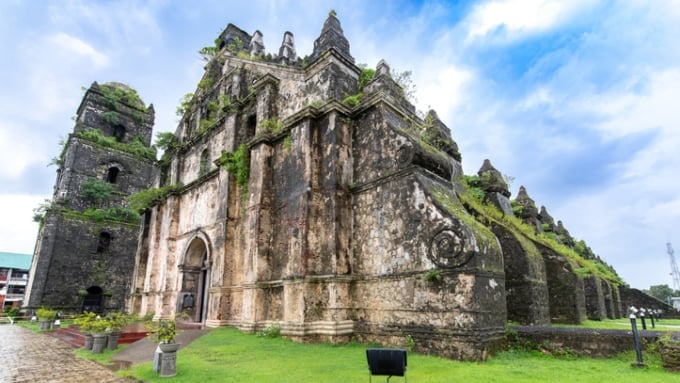
Paoay is a small town located near the northern tip of Luzon Island. The World Heritage-listed San Agustin Church, also called Paoay Church because there are many churches with the same name in the Philippines, was built between 1694 and 1710.
Its most striking feature is its unique architectural style, known as "Earthquake Baroque". Because of the country's frequent earthquakes, the church has a low, tent-like form, and is supported by 14 massive buttresses on both sides. The bell tower, which is usually attached to the church, stands separate from the main structure to minimize damage in case of an earthquake.
Church of Our Lady of the Assumption in Santa Maria
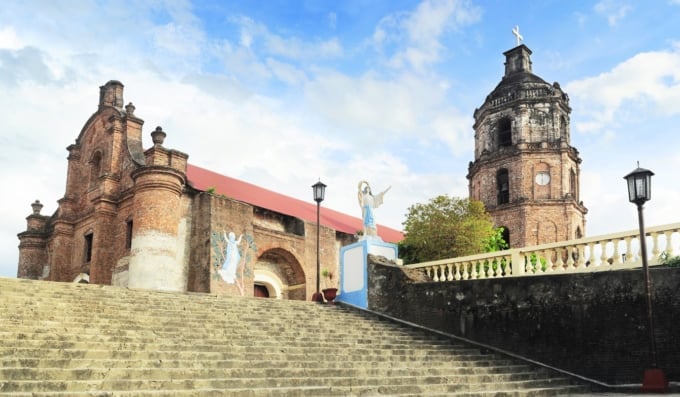
Santa Maria, where the Church of Our Lady of the Assumption is located, is a small village about 20km outside of Vigan, another World Heritage city. Unlike the other three churches, Santa Maria Church is built in a traditional Spanish style. As a result, the facade is elaborately decorated, in contrast to the more practical, earthquake-resistant design of the others.
This church is also characterized by its location on a hill overlooking the town and surrounded by defensive walls. It was used as a fortress during World War II. The bell tower, which was built later, is in a four-story Philippine Baroque style, creating an interesting contrast with the main church building. With a quiet, village church atmosphere and few tourists, it is recommended to take a leisurely stroll around the grounds and enjoy the scenery.
Villanueva Church in Panay
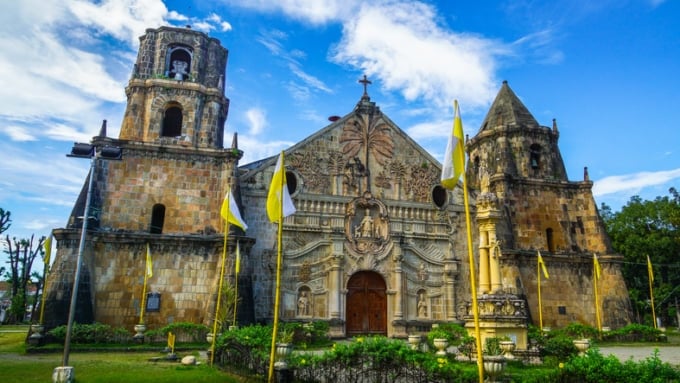
About 40km west of Iloilo, the largest city on Panay Island, in a village called Miagao, you will find the fourth World Heritage site, Villanueva Church. The current building was constructed between 1787 and 1797. It is considered one of the best-preserved examples of the "fortress baroque" style, and it also served as a fort against attacks by Islamic forces. For this reason, the towers on both sides of the facade are reminiscent of a sturdy castle rather than a church.
The basic design follows the Spanish Baroque style, and it is characterized by the use of crushed and processed coral reef limestone as a building material. If you touch the outer wall, you will feel how rough it is. Villanueva Church also has a striking color, and is affectionately known as the "Honey Colored Church" by the locals.
Another point of interest is the detailed carvings (reliefs) on the facade. In the upper part, Saint Christopher, the legendary saint who carried the baby Jesus Christ across a river, is depicted, but interestingly, he is wearing traditional Filipino clothing. The tree he is using as a cane is also a coconut palm laden with fruit, allowing you to enjoy a design unique to the Philippines.
Points to note when visiting Baroque Churches in the Philippines
Each of the four World Heritage-listed churches has its own set of rules and regulations. These may be subject to change, particularly at popular tourist destinations like San Agustin Church in Manila, so be sure to check the latest guidelines before entering.
It is strictly prohibited to wear short skirts or revealing clothing. Also, in the church museums, there are exhibits that restrict photography, so be sure to confirm the regulations before entering.
Summary
The Philippines is a country where Spanish culture is still very much alive. Even in everyday conversations, Spanish words are mixed with the local Filipino language, making it a part of daily life. The four churches registered as World Heritage sites are also based on Spanish Baroque, but they are built to be very strong and practical to suit the local conditions of the Philippines. They are impressive to see in photos, but by all means, please experience these World Heritage sites in person in the Philippines.
RELATED ARTICLES
REGIONS
CATEGORIES
FEATURED ON the Philippines
-

Enjoy the Great Outdoors! 5 Popular Tourist Spots on Masbate Island, Philippines
-
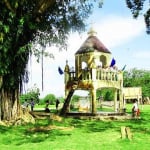
The ancient city in the northeastern part of Mindanao. Top 5 tourist attractions in Butuan!
-

Recommended Winter Escapes! Best Tropical Beach Resorts to Enjoy Summer During Cold Season
-
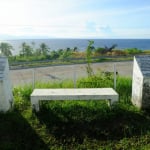
Top 5 Popular Tourist Spots in Surigao | Fully Enjoy the Nature of Mindanao
-
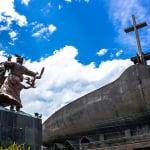
A nature-filled trip to Davao, the Philippines’ third largest city and a popular tourist destination
MOST POPULAR ON the Philippines
-
 1
1Doha: Must-see Attractions in the Capital of Qatar
-
 2
2Toronto: 10 Things to do in this Picturesque Canadian City
-
 3
3Amarillo: A City Famous for It’s Amazing Canyons, Great History and Music
-
 4
4South Korea: Dazzling Scenery, Rich Culture and Fascinating History
-
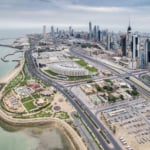 5
5Kuwait: A Country in Middle East Asia Famous for Hot Sand Dunes and Stunning Cityscape





